Apple TV+’s 2022 series Prehistoric Planet fits right in with the great BBC nature documentaries of the modern era. It has never-before-seen footage of incredible animal species, it spans vast locations around the globe, and it’s narrated by Sir David Attenborough. However, there is one main difference, the animals in this series aren’t actually alive anymore.
When Prehistoric Planet arrived in May 2022 it blew audiences away with its detailed knowledge and lifelike rendering of Earth’s most mighty extinct animals: the dinosaurs.
The series was a monumental achievement that involved collaboration between a huge team of the best and brightest filmmakers, natural historians, palaeontologists and visual effects artists.
Lifehacker Australia spoke with three members of this team – executive producer Mike Gunton, showrunner Tim Walker and paleontologist Dr Darren Naish – about their process of pioneering Prehistoric Planet’s groundbreaking formula.
How do the dinosaurs in Prehistoric Planet look so real?
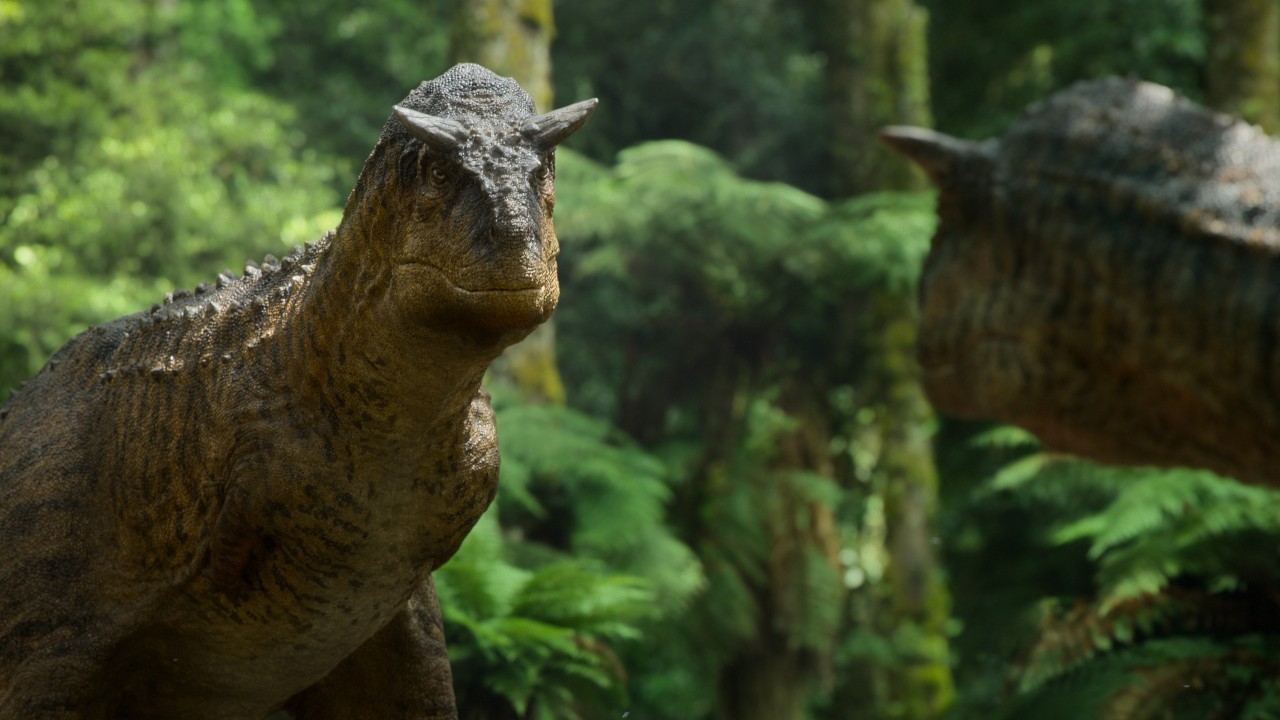
In order to develop the stories and designs for each of the dinosaurs, the Prehistoric Planet team had to rely on existing scientific evidence, but that didn’t rule out some creative licence.
“Nobody went back and saw these things so everything has to be deduced from evidence and the evidence ranges from smoking gun evidence to deduction using a whole series of ideas and strands of thoughts,” Gunton said.
“That’s why I think this series is unique in that it’s been made by a whole group of people who each have a particular strand of expertise that they can pull on.”
Drawing on the dinosaurs’ similarities to species that are currently living on Earth is one of the things that helped the team with their representations of each species.
“There’s a good number of things we can be absolutely confident about, say from the anatomy, if we’re reconstructing a particular animal,” Dr Naish said.
“If you’re talking about dinosaurs, [they] have the same musculature as living animals – you know the exact same muscles in the exact same place – so you can build a musculature. And then there are enough fossils to show us what the external structure was like on many of these extinct animals.”
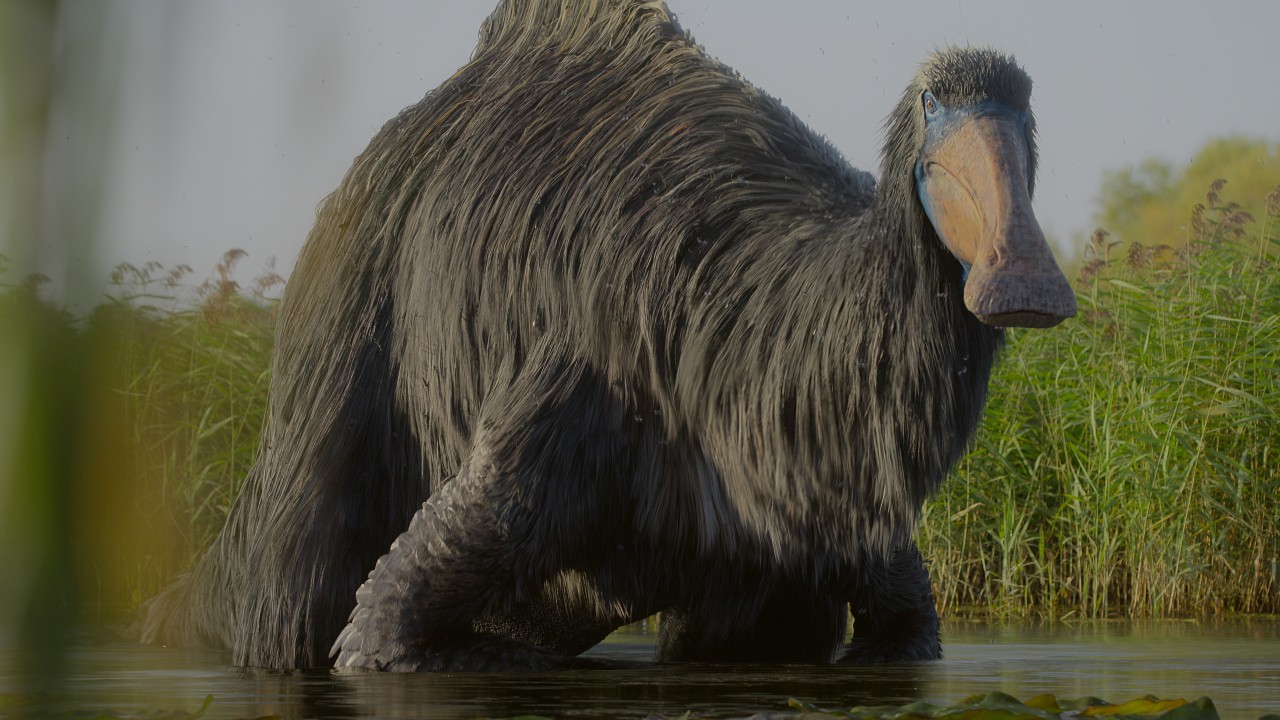
The team also used a process known as phylogenetic bracketing to help understand some of the dinosaurs’ behaviours based on other species.
“We can look to see which animals sit closely to the extinct animals on the evolutionary family tree and we can start to infer behaviours and even some aspects of anatomy from those very close relatives,” Walker explained.
“We use all that information so the actual specific reconstructions of the specific animals are something very precise, based entirely on fossil evidence as much as we can.”
Prehistoric Planet is set in the late years of the Cretaceous period, known as the Maastrichtian. One of the fascinating aspects of the series is that it doesn’t just depict the dinosaurs from this time period, but also the environments and the other animals they live alongside.
Walker said this came down to evidence within the fossil record which “doesn’t just mean fossilised bones”.
“We know from the fossil record stuff about the fauna and the flora that was inhabiting the Earth at the time,” Walker said.
“We also worked very extensively with personnel from different disciplines including a paleoclimatologist who modelled, using data sets, what the world would have been like in terms of climate and weather patterns. So that all starts to feed into our depiction.”
Marrying natural history and CGI
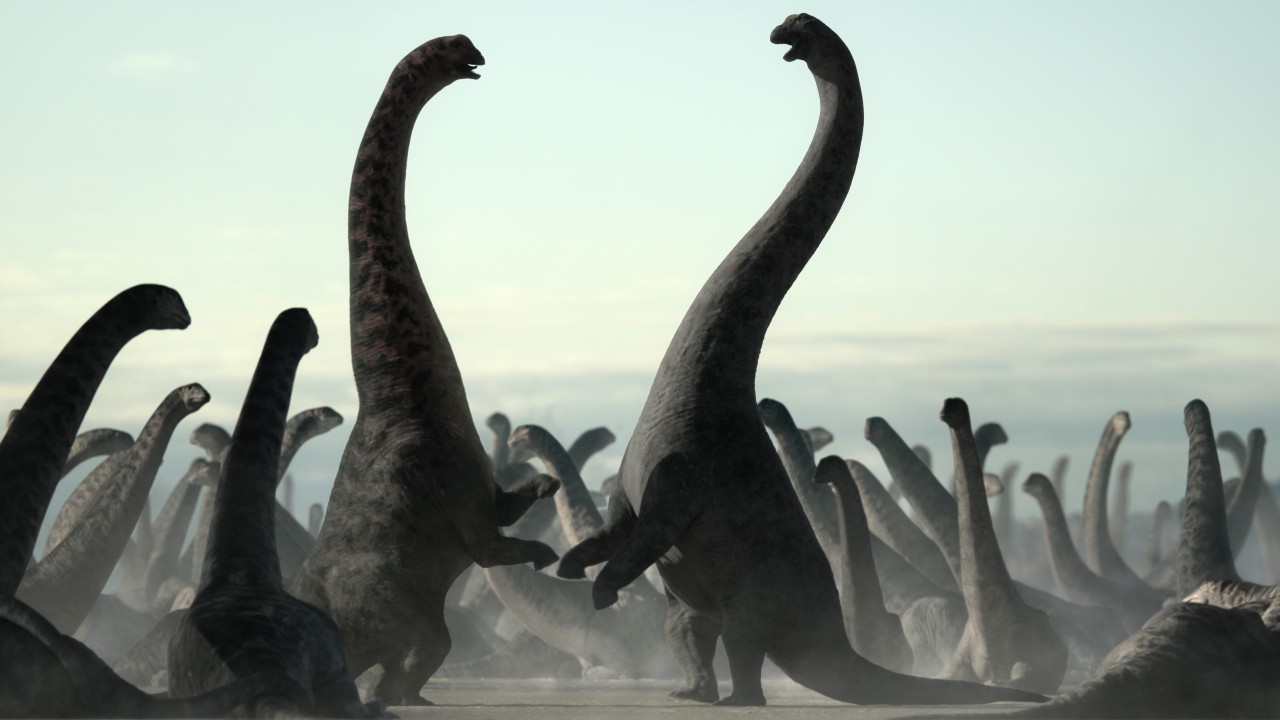
Prehistoric Planet plays out similarly to something like Planet Earth or Dynasties, which are both projects Gunton worked on. The producer said they approached the development of the Apple TV+ series in a similar way.
“We spend a year refining the structure, the stories, and casting the stories we want to do for a Planet Earth. Just the same thing here,” he said.
“The difference is that actually, you have to be a bit tougher on yourself with this series because we can do anything, theoretically, but we’ve taken the opinion that we shouldn’t just do anything. We should actually go back to the rules of biology; the rules of natural history filmmaking.”
“We imposed on our thinking and the stories that we would tell exactly the same constraints that we would do if we were to film these animals if they were alive today.”
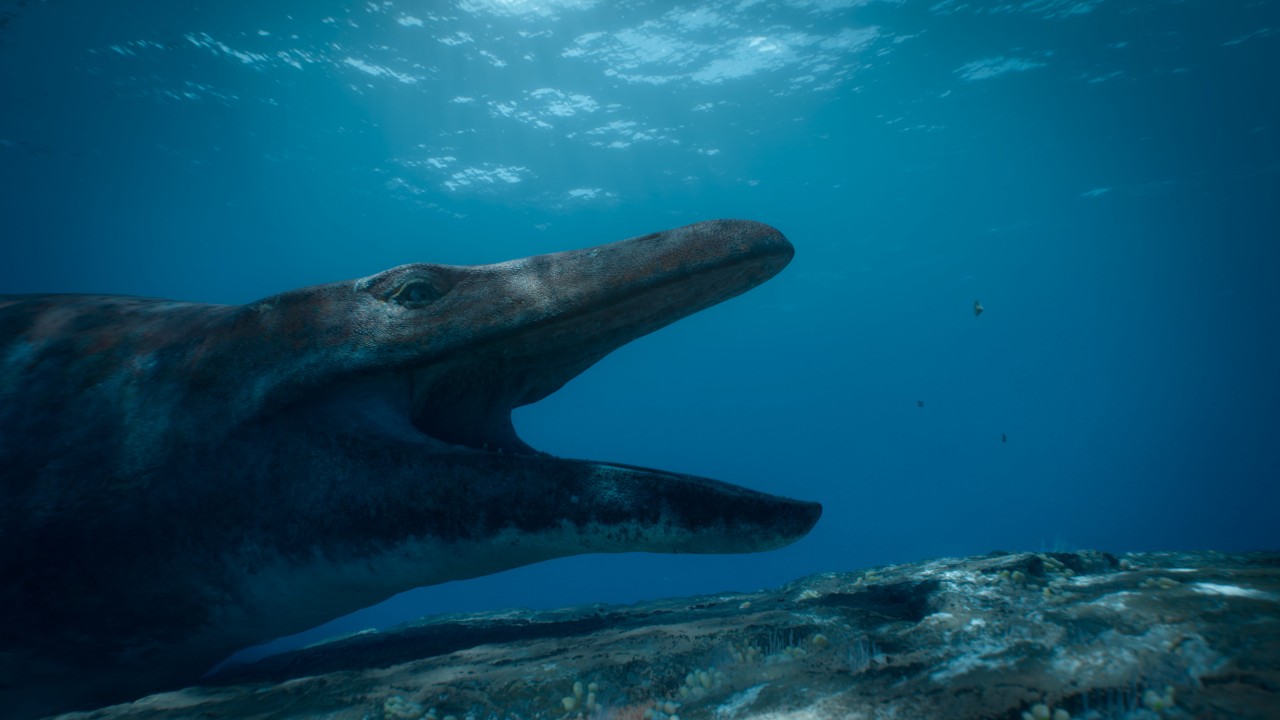
Along with the science minds required for a series like this is another crucial part that makes Prehistoric Planet work – the CGI.
In many ways, the series feels like a much-needed modern update of something like Walking With Dinosaurs, which rose to fame back in the late ’90s. However, visual effects have changed dramatically in 20 years, so to help the producers wrangle this aspect of the process, they collaborated with Hollywood director and producer, Jon Favreau (The Lion King, The Mandalorian).
“[Jon] brings this very top-end quality of CGI and that editorial eye over the realisation of the animals,” Walker said.
“You know one of the things you’ll notice from watching Prehistoric Planet is the nuance of characterisation of the animals, which sets the CGI of this series apart from a lot of the other CGI series that are out there.”
“That’s all to do with the individual movements sometimes down to the flick of a nose or a nostril opening or an eye doing something. That’s all characterisation that makes you feel as though you’re watching animals for real despite them being created in CGI and that is what Jon and the rest of the CGI team brought to the table – that stamp of CGI authority across it,” he said.
The subsequent meeting of documentary and visual effects is a formula the filmmakers believe could open a world of possibilities.
“Having now married together this wonderful collaboration of the natural history unit, top-end CGI, the Hollywood executive producer, Jon Favreau, we’ve got an incredible team here that knows that we can create scenes that people have not been able to capture. Whether that be an event we’ve just missed or a set of animals that are no longer with us,” Walker said.
Will there be a Prehistoric Planet season 2?
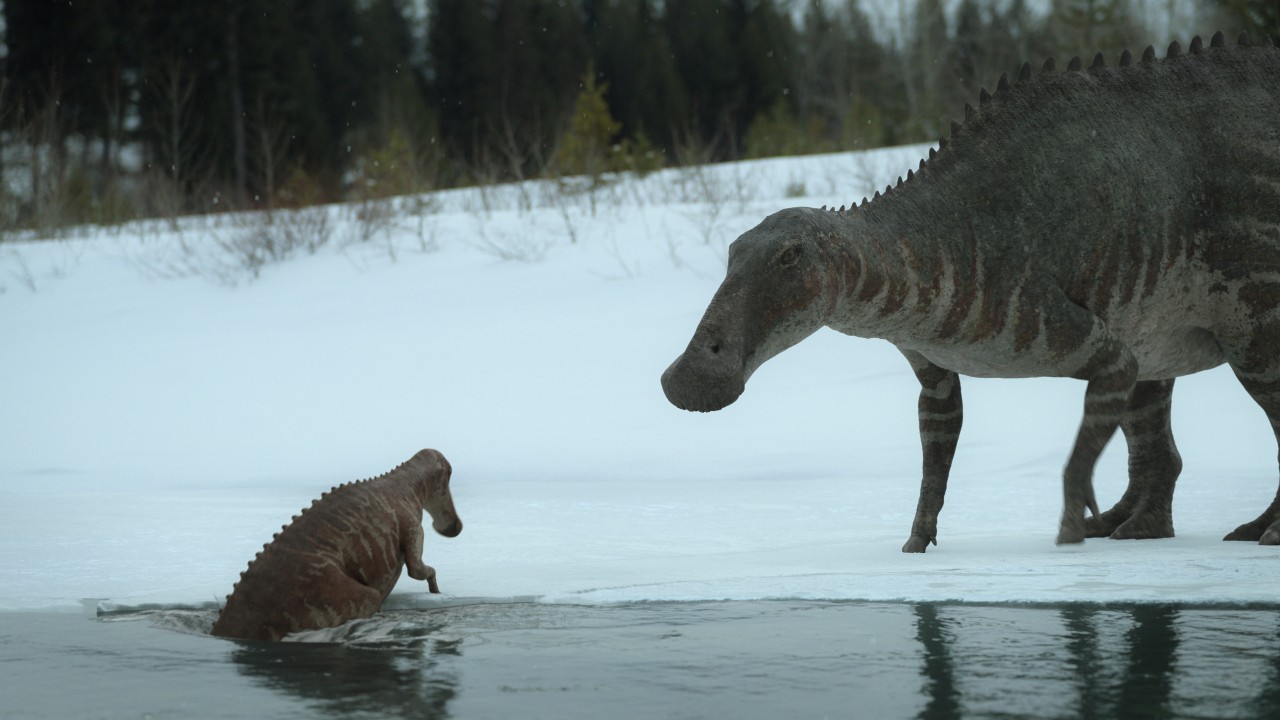
One thing the filmmakers all agreed on was that despite the incredible scenes they were able to depict in Prehistoric Planet, the series only covers a small window of time.
“What we’ve covered in what you’ve seen so far is the tip of the iceberg, essentially. We’ve only shown a small fraction of the animals that are known from the Maastrichtian,” Dr Naish said.
So not only does the team have a wealth of ideas to draw from for more episodes, but they all seem very interested in a potential Prehistoric Planet season 2.
“We’re super keen to do more stuff and there’s clearly no shortage of stuff that we could do and do well. I think that the audience response shows that there’s a huge appetite for more,” Dr Naish added.
Prehistoric Planet is available to stream now on Apple TV+.
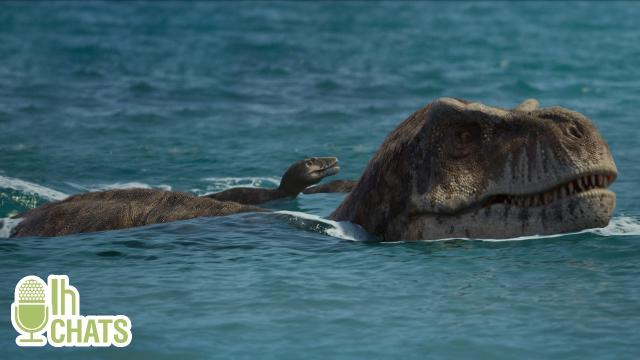
Leave a Reply
You must be logged in to post a comment.